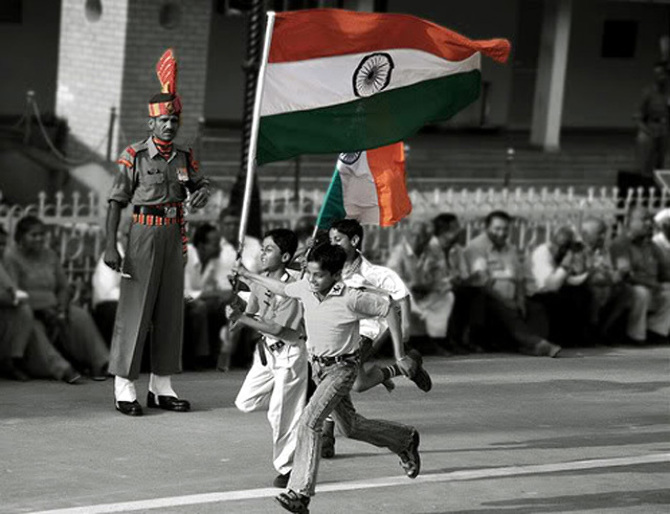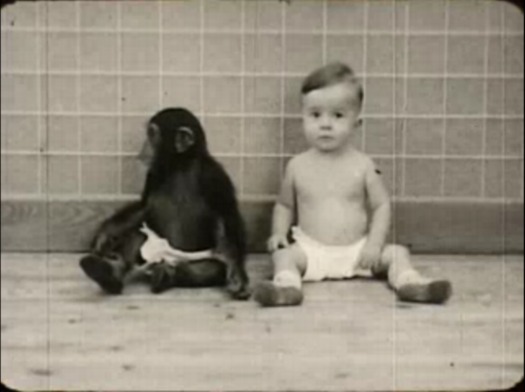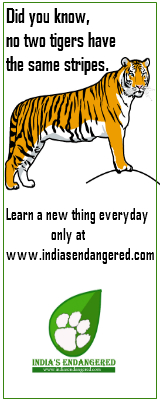There was a girl of 15 who wrote a novel. It was the year 1930. A time when it was unheard of, for little girls or even women to portray their feelings in words or verse. And so, while her father praised the creativity of her dear daughter and promised to pursue a publisher, the matter of the novel, was slowly, perhaps deliberately forgotten.
 |
| Bharathi Amma |
75 years later, as the girl turned to a granny, her children discovered the dust covered manuscript. Written on ledgers, it was a fantastic blend of mystery, romance and drama. Surely not scribbles of a child, but thoughts of a mature individual. And then the unbelievable happened. As a gift to their gifted mother, the children published the novel.
It is called
Nandavanam, a Malayalam novel by Bharathi Amma.
How I came to know about this grandma and her tales is sheer coincidence. I was conversing with my sister-in-law who informed me about the sad demise of her ammoomma’s (grandmother) sister. She told me that even at the age of 98 this grand old lady was full of life. Generous words and a generous smile never parted ways in her case. She would always be in touch with her children, grandchildren, nieces, nephews, uncles, aunts and the extended family in all of Kerala. Even the day before her passing, she was happily calling relatives, gossiping, wishing them the best always.
And it is then that I learnt that this lady was Bharathi Amma, someone whose teenage year novel was published when she turned 95.
Intrigued by her story, I found an interview published in The Hindu newspaper, in 2010, the time when
Nandavanam had been published.
Bharathi Amma unfolds her story so beautifully in that interview.
She says, with a smile,
“I started writing the novel when I was 15 years old and completed it when I was 16. I wrote the story on scraps of paper. I didn't let anyone see the story when I was writing it as I was afraid their remarks may affect my thought process for the story and also my interest. When the novel was ready, I transferred it into ledgers a relative gave me.”
“After I finished the novel I showed it to my fatherParshati Parayum. He showered praises and said he would see about getting it published; but he didn't. I guess it was because women who were well educated and accomplished were not considered good wife material in those days,” says Bharati Amma who was a topper in her school at Neyyattinkara in those days.
“I wanted to be a doctor, but like I said, women in those days were not supposed to be more accomplished or educated than men. Very few women went to school in those days. Thankfully, my late husband, Kulappuram N. Parameswaran Pillai, wanted someone who was educated. Even then, I was married at what was then considered way past your prime at 20. Women in those days were married at the age of 15,” says Bharati Amma, who used to write poems in her youth.
With time, bound by the duty of a wife, daughter-in-law and mother Bharathi Amma the writer took a back seat. It was only years later, when her children found the jewel that had been hiding behind household chores, that Barathi Amma’s first book was published.
In a book titled
Ammayum Maganum three of her poems –
Elam Poovu, Ammayum Maganum and
Charitharadhyaya Sarmisitha, were published by her eight children to mark her 90th birthday. And with no publisher showing interest in publishing the work, they did it on their own.
Says Indira Devi, her daughter,
"My mother was a prolific writer in her younger days. Writing took a backseat after her marriage. I guess family ate up most of her time. While going through her novel and poems when we were adults, we felt they were good. That is why we brought them out ourselves. We did approach various publishers but they cited various excuses.”
Speaking about
Nandavanam, her actual first piece of creative writing, Bharathi Amma said it was woven from real life instances she saw around her.
Nandavanam, revolves around two brothers. The younger brother tries to kill his brother for money and believes he has succeeded. The elder brother who has been mislead into believing that it his wife who is trying to kill him leaves for Kolkata. In the end, all is well and the moral – good triumphs over evil.
Bharathi Amma said, “I was observant as a kid. There was this woman in Neyyatinkara who pretended to be blessed by a divine presence in order to get her daughter married off to a neighbourhood lad. She said the gods had ordered her daughter to marry him.”
The scene is incorporated in the book.
While the books are distributed amongst family and friends, many who heard about the book through word of mouth have approached the family for a copy.
“For a 15-year-old to write a well- crafted story and tying all the ends neatly is a remarkable thing. We haven't put a price for the book; it is given free to all those who would like to read a good book. It is a labour of love from us to our mother,” says Professor Indira Devi
Bharathi Amma passed away last December and I wish I could have met her, just to revel in her presence.
I was reminded of her life story, quite abruptly, while reading Krishna Udayshankar’s poignant debut novel The Ayravarta Chronicle Book 1 Govinda.
In one of the chapters, Queen Gandavati of Panchala surmises the role of a princess or a woman rather to Panchali (Draupadi),
It reads,
...Like it or not, no matter how much you fight or what you say, you can’t change the decision made around you, for you. You cannot even begin to alter the life that’s laid out for you. All you can do is choose whether you will resist the occasional happiness that comes your way or be tormented by your own hatred and self loathing, or you’ll spare yourself your own judgment at the least and take what you can get....
There are innumerable Bharathi Ammas around us who still cook n clean without a hint of dismay, their self-expression tamed and living the life decided for them. One of them could luckily escalate to the position she deserved at the age of 90, but who’s reading about the hundred others? Is 2013 really so very different from 1930 or for that matter the second millennium BCE?




.jpg)



























